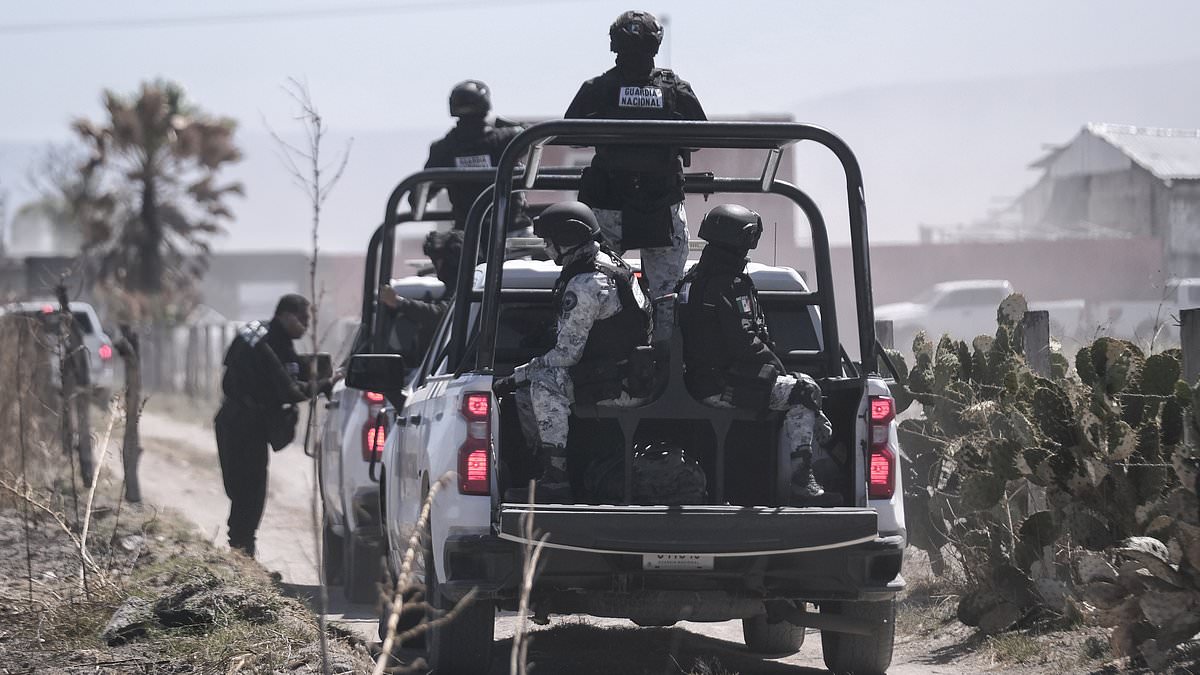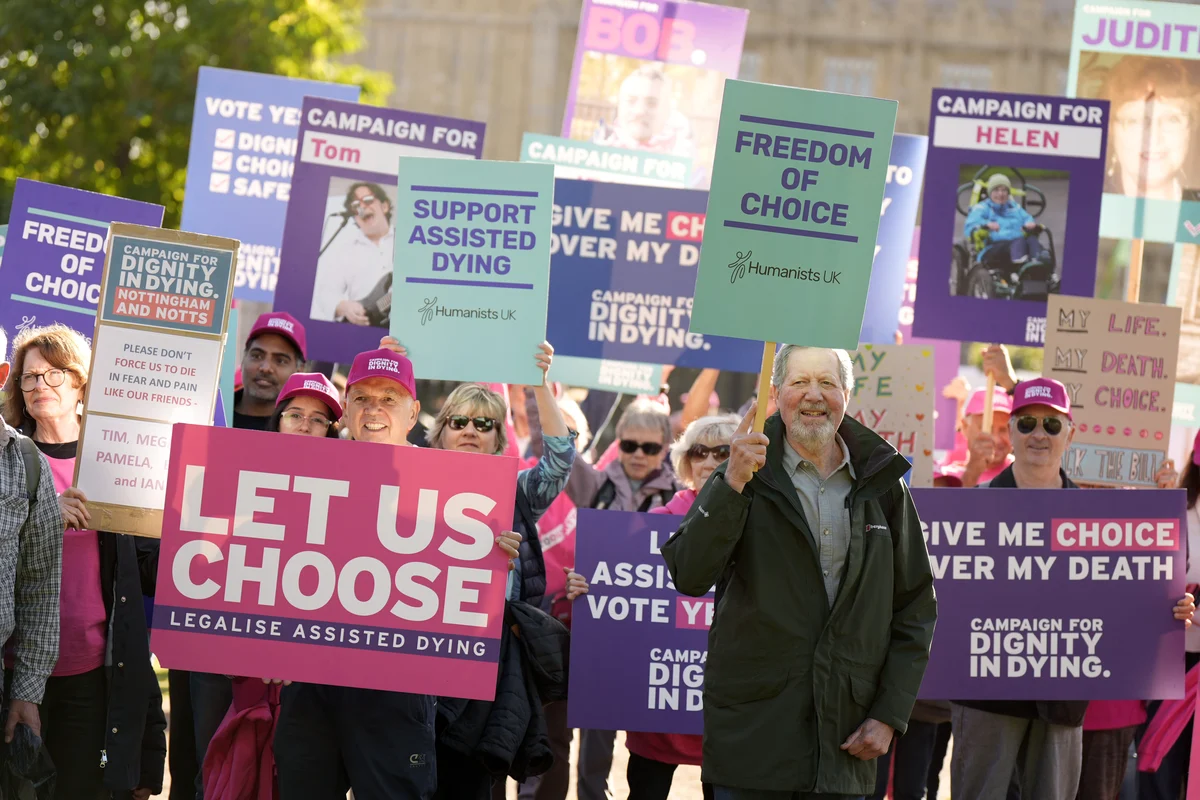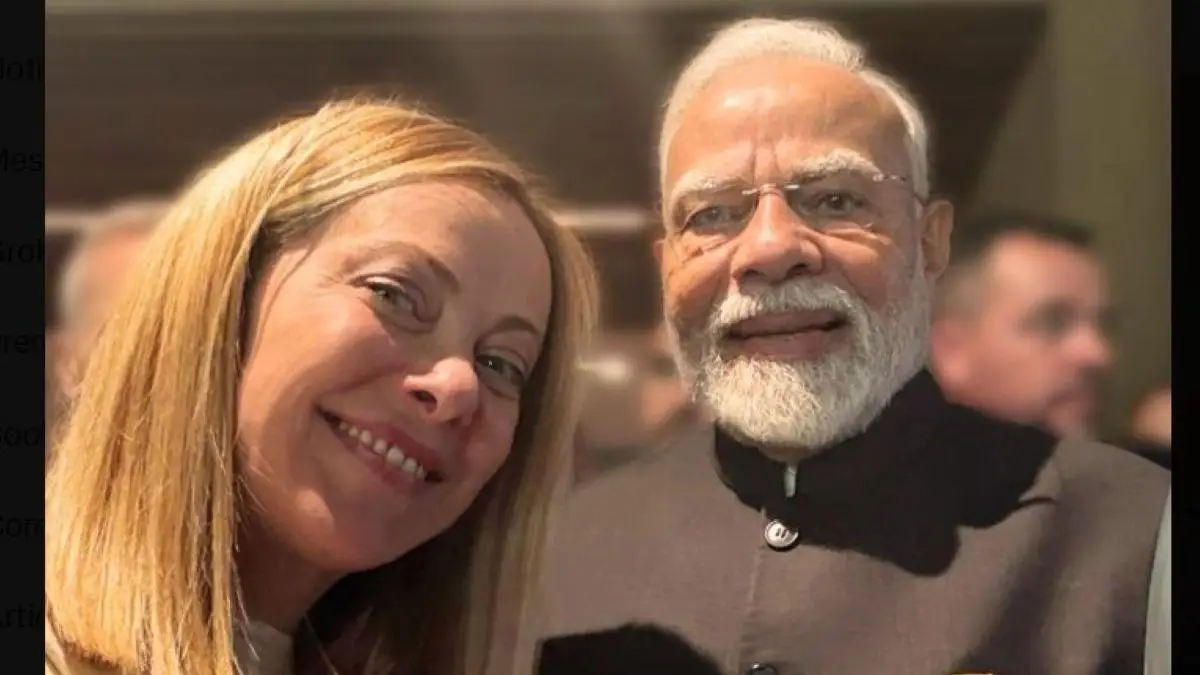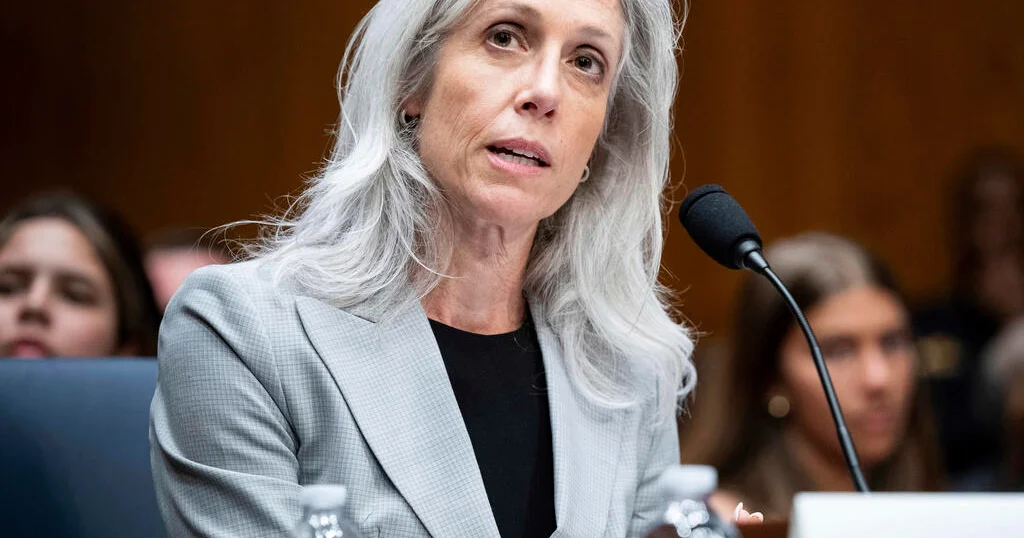By Editor,James Gordon
Copyright dailymail

The Trump administration’s hardline campaign against fentanyl is triggering a shift in the global drug trade – and Mexico’s most violent cartel is cashing in.
While US authorities target the synthetic opioid blamed for thousands of deaths, the Jalisco New Generation Cartel (CJNG) has surged into the power vacuum, flooding American cities with cocaine.
‘Mencho’ is the most powerful drug trafficker operating in the world,’ said Derek Maltz, former interim chief of the DEA, referring to Jalisco cartel boss Nemesio Oseguera.
‘What is happening now is a pivot to much more cocaine distribution in America.’
Data from the CDC shows that fentanyl use began falling in mid-2023 and continues to decline – a trend the Trump administration attributes to its aggressive law enforcement posture.
But while fentanyl overdoses have been on the decline for the first time in years, cocaine use in the US has spiked.
It is up 154 percent in the West and nearly 20 percent in the East since 2019, according to Millennium Health.
With the Sinaloa cartel weakened by arrests, infighting, and relentless pressure from US authorities, CJNG has seized the moment.
It appears to be a calculated strategy by Oseguera to exploit both enforcement gaps and shifting American drug preferences, transforming his cartel into a multibillion-dollar empire operating across two continents.
The Jalisco cartel is now flooding the country with cocaine and methamphetamine – drugs that are cheaper, purer, and increasingly in demand particularly with users a disillusioned with fentanyl’s deadly reputation.
From Colombia to Ecuador, then by narco-submarines and speedboats across the Pacific, tons of cocaine arrive weekly on Mexico’s west coast, where CJNG controls key ports.
From there, it’s funneled north through tunnels and corridors originally built by the Sinaloa cartel, now under Jalisco’s control.
The price has dropped to as low as $60 per gram.
‘The price of pure cocaine has plummeted,’ confirmed Morgan Godvin, a researcher with Drug Checking Los Angeles.
With a $15 million US bounty hanging over his head, Oseguera, 59, rarely appears in public.
He remains entrenched in a fortified mountain compound protected by elite gunmen armed with rocket launchers.
According to Mexican authorities, visitors to his stronghold are blindfolded and transported through land-mine-rigged terrain, known only to his inner circle.
The cartel operates like a parallel state and taxes businesses, runs construction companies, controls local governments, and even throws fiestas in poor towns to win over hearts and minds.
Oseguera, once a poor avocado seller, now presides over a multibillion-dollar criminal enterprise and his meteoric rise was hastened, ironically, by America’s crackdown on his rivals.
The Sinaloa cartel, the primary trafficker of fentanyl into the US has been devastated by arrests, infighting, and federal pressure.
Following the 2016 capture of Joaquín ‘El Chapo’ Guzmán, the group fractured.
His sons, known as the Chapitos, turned aggressively toward synthetic opioids, but the Trump administration made clear it intended to dismantle the fentanyl empire.
Military pressure, extraditions, and mounting indictments weakened Sinaloa and opened the door for Oseguera to dominate.
With fentanyl in retreat, cocaine roared back, and CJNG was perfectly positioned to supply it.
‘Mencho’ now runs the most vertically integrated criminal syndicate in the hemisphere, according to DEA assessments.
Meanwhile, Trump’s immigration enforcement efforts have unintentionally helped cartels.
In Arizona, border checkpoints that once intercepted narcotics have been left unmanned, as agents were redeployed to process detained migrants. It left key fentanyl and cocaine corridors vulnerable to exploitation.
At the same time, the CJNG expanded its income streams. The cartel sells stolen fuel, scams American seniors through massive call center frauds, and charges migrants fees to cross its territories.
One CJNG lieutenant, known only as ‘Tank,’ oversees a booming black market in gasoline.
The Treasury Department estimates that a third of all fuel sold in Mexico is now illicit.
In a stunning shift, CJNG and remnants of the Sinaloa cartel have struck a deal.
According to Mexico’s attorney general, the two cartels now coordinate trafficking routes: Sinaloa sticks to fentanyl, while Jalisco takes cocaine and meth.
CJNG now moves product through Sinaloan-built tunnels and ports it once paid to access. In return, Oseguera provides the Chapitos with cash, weapons, and fighters.
Security analysts describe the deal as ‘an unprecedented event in the balance of organized crime.’
Trump has publicly threatened military strikes on Mexican cartels and praised recent raids that destroyed drug-laden speedboats. Yet even as US pressure builds, Oseguera’s influence appears to grow.
He travels under heavy armed escort, has a medical facility for his kidney disease, and routinely swaps burner phones among his lieutenants to evade detection.



